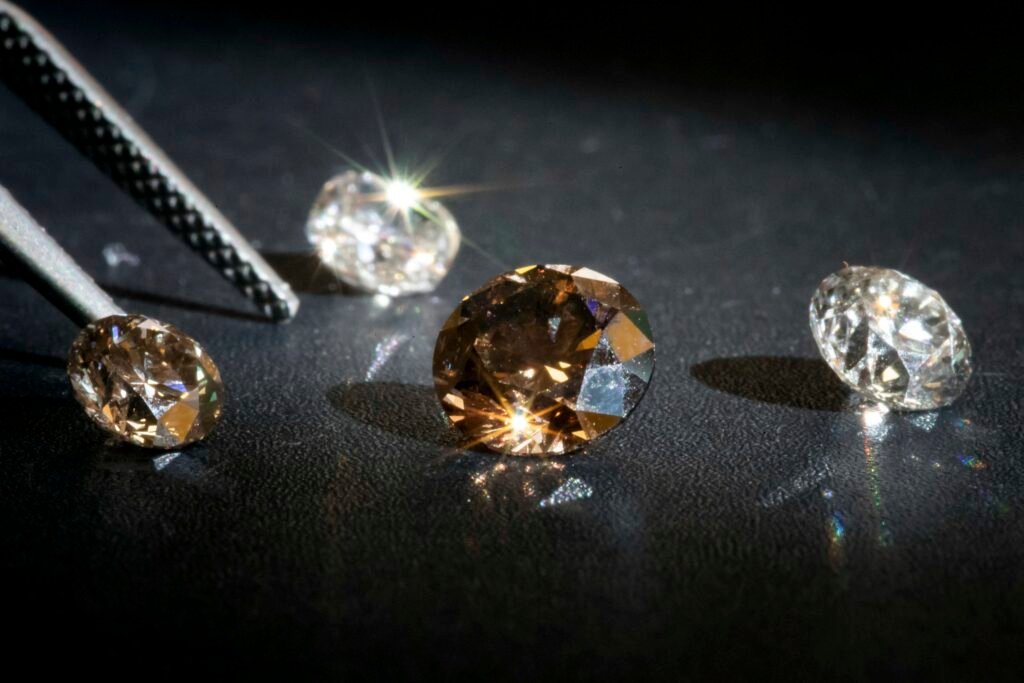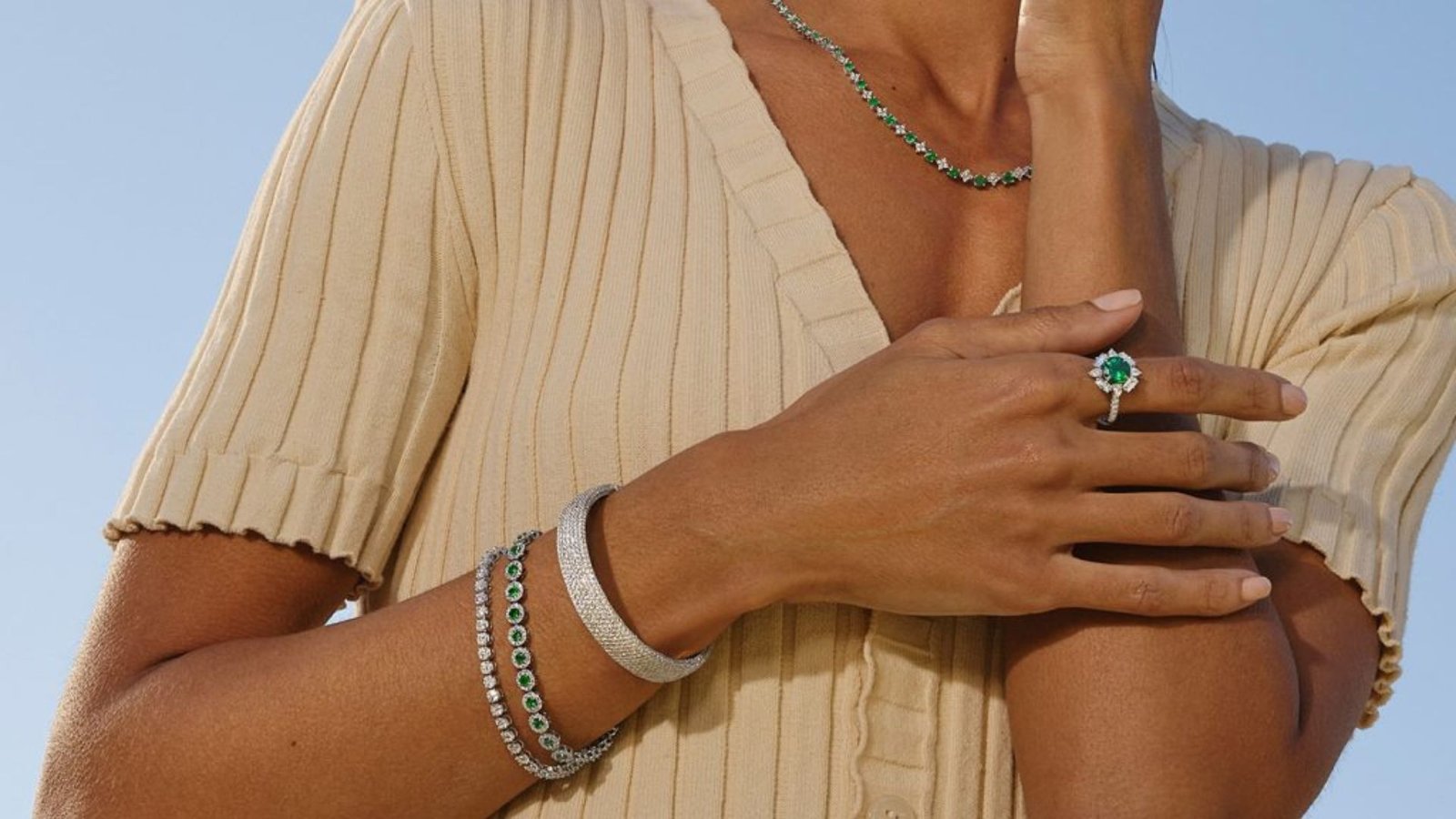Diamonds have long been symbols of luxury and love. Recently, lab-grown diamonds have been stealing the spotlight, offering an ethical and sustainable alternative to traditional mined diamonds. As technology advances, these synthetic gems are becoming more accessible, gaining popularity among eco-conscious consumers and jewelry enthusiasts alike.
1. What Are Lab-Grown Diamonds?
Lab-grown diamonds, also known as synthetic or cultured diamonds, are created in controlled environments using advanced technological processes. They have the same physical, chemical, and optical properties as natural diamonds but are produced in weeks instead of billions of years.
How Are They Made?
- High-Pressure High-Temperature (HPHT): Mimics the natural diamond-formation process using high pressure and heat.
- Chemical Vapor Deposition (CVD): Grows diamonds layer by layer in a vacuum chamber.
Both methods result in authentic diamonds that are virtually indistinguishable from their natural counterparts.
2. Why Are Lab-Grown Diamonds Gaining Popularity?
A. Ethical Sourcing
One of the main appeals of lab-grown diamonds is their ethical origin. Unlike mined diamonds, which can be associated with human rights abuses and conflict zones, lab-grown diamonds are free from such concerns.
B. Environmental Benefits
Mining diamonds often involves extensive environmental degradation, including deforestation and habitat destruction. Lab-grown diamonds have a significantly smaller carbon footprint, making them a more sustainable choice.
C. Affordability
Lab-grown diamonds are typically 20-40% cheaper than natural diamonds of comparable size and quality. This affordability allows buyers to opt for larger or higher-quality stones within their budget.
D. Technological Advancements
Improved technology has made lab-grown diamonds more widely available and customizable, with flawless clarity and exceptional brilliance.

3. How Do Lab-Grown Diamonds Compare to Natural Diamonds?
| Aspect | Lab-Grown Diamonds | Natural Diamonds |
|---|---|---|
| Origin | Created in a lab | Formed naturally over billions of years |
| Cost | 20-40% less expensive | Higher due to mining and rarity |
| Ethics | Conflict-free and ethically sourced | Potential ethical and conflict concerns |
| Environmental Impact | Minimal | Significant, due to mining practices |
| Resale Value | Lower | Higher due to natural rarity |
4. Debunking Myths About Lab-Grown Diamonds
Myth 1: Lab-Grown Diamonds Are Fake
Lab-grown diamonds are real diamonds, with identical physical and chemical properties to natural ones.
Myth 2: They Lack Quality
Lab-grown diamonds can achieve flawless clarity and color grades, rivaling or exceeding natural diamonds.
Myth 3: They Aren’t Unique
Each lab-grown diamond is unique, just like natural diamonds, with individual characteristics and inclusions.
5. Who’s Embracing Lab-Grown Diamonds?
Eco-Conscious Consumers
Shoppers who value sustainability and ethical practices are drawn to lab-grown diamonds.
Budget-Savvy Buyers
Couples looking for affordable engagement rings or high-quality stones without breaking the bank often choose lab-grown options.
Trendsetters and Jewelers
Celebrities and designers are increasingly incorporating lab-grown diamonds into their collections, further boosting their appeal.
6. The Future of Lab-Grown Diamonds
The market for lab-grown diamonds is expected to grow exponentially as awareness of their benefits increases. Innovations in production methods may further reduce costs and enhance customization, making them even more attractive to a broader audience.
Conclusion
Lab-grown diamonds are reshaping the jewelry industry by offering a sustainable, ethical, and affordable alternative to traditional diamonds. As more consumers prioritize environmental and social responsibility, these dazzling gems are likely to shine even brighter in the years to come.
Whether you’re seeking an engagement ring, a statement piece, or an eco-friendly option, lab-grown diamonds are a brilliant choice for today’s conscious buyer.











